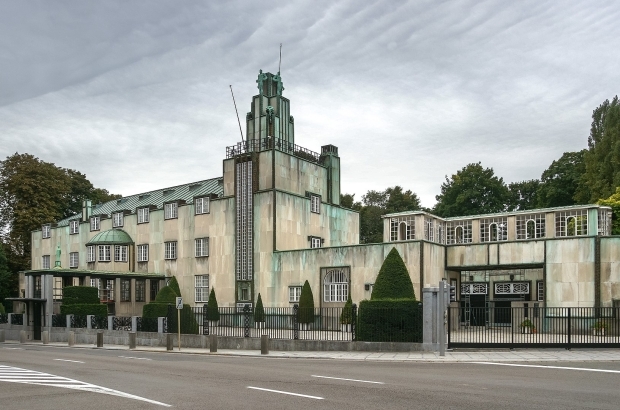- Daily & Weekly newsletters
- Buy & download The Bulletin
- Comment on our articles
Stoclet family challenges latest attempt to open palace
Palais Stoclet, built by Josef Hoffman in 1911 in the Viennese Secession style for wealthy banker and art collector Adolphe Stoclet, and containing precious works of art including paintings of Gustav Klimt and Koloman Moser, is one of the capital’s most famous buildings.
But despite several attempts, the Avenue de Tervuren villa in Woluwe-Saint-Pierre, not far from Montgomery roundabout, that has enjoyed Unesco World Heritage status since 2009, remains unvisitable.
In the latest battle, the family company’s shareholders that own the property are challenging the plans of Brussels secretary of state for heritage, Ans Persoons to enable public access to the palace, unoccupied since 2002, for a few days a year.
Citing the building’s fragility, the family said it would be a risk to visitors if the palace opened its doors.
In a statement, the shareholders also denounce the “aggressive rhetoric” and the “inaccurate statements” of the Brussels region.
Indeed, the family claims that their ongoing efforts to preserve the palace directly contradicts Persoons' recent comments.
The Stoclet family refers to a statement by patrimoine.brussels on its website. This recognises that the palace has stood the test of time thanks to the Stoclet family’s care, mainly through private funding and personal responsibility.
“While we appreciate the region’s financial contribution, this is only secondary,” the family said.
Meanwhile, on 30 October, the family’s case against displaying a 3D replica of the palace at the major Josef Hoffman exhibition at the Royal Museums of Art and History at the Cinquantenaire park was heard at Brussels' Justice Palace.
The family said it had not permitted video reconstructions of the interior to be shown during a visit organised by Brussels’ urban development and heritage organisation urban.brussels and ULB university. It argues that this constitutes an infringement of property rights.

















